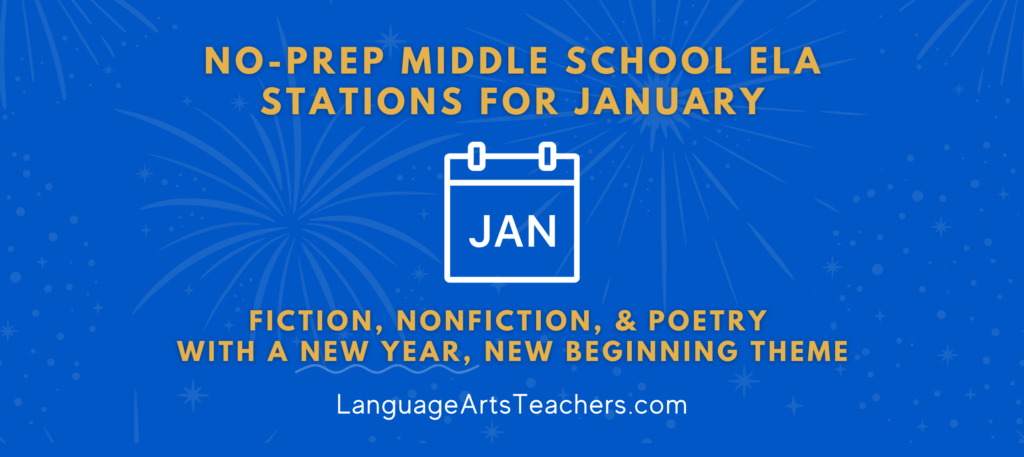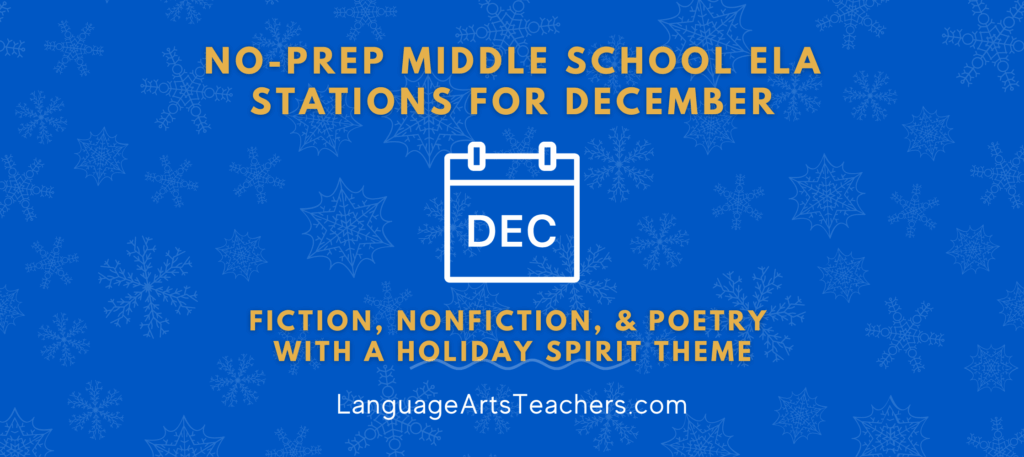Teaching Mood
Activities for Your Middle School ELA Classroom
MOOD
Writers create it by using words, details, and descriptions to make a story seem gloomy, creepy, imaginary, pitiful, lighthearted, comical, or somber. Of course there are other mood words that a writer can use, but we can stick with these for now!
The cool part about it is that writers can create any of those moods without even using those exact words. This is what we want our students to be able to infer… They have to be able to use clues in the story to come up with their own words to describe the mood.
But if your students don’t have a strong vocabulary, you might find yourself hearing the same thing over and over: “The story’s mood is good” or “The story’s feeling is funny.”
We have to teach our students vocabulary in conjunction with teaching them about mood. They can’t accurately pinpoint or name the feeling of a story without having a wealth of vocabulary.
In this case, we’ll use the word somber… My typical sixth grade student won’t know what somber means, but this is an example of how we can teach vocabulary, context clues, inferences, and mood all with one brief passage!
Let’s Get Creative with MOOD!
Provide your students with the following vocabulary:
gloomy
somber
pitiful
lighthearted
humorous
desolate
exhilarating
You could even write those terms on the board and let each student choose one. Either way, here’s what to do next to extend the lesson:
1) Students will write a short story similar in length and detail to the one they just read (the somber one from above). They will choose one word from the list.
2) Once students have looked up the meaning of the word, they will write a short passage that has the “feel” of that word, but that obviously does not actually use the word. Instead, students will use details and descriptions to create that mood, just like how they circled the details, descriptions, and words that created the somber feeling in the passage above.
3) Set a class timer for 10 or 15 minutes and when it goes off, finished or not, students can swap their passages and try to infer the mood of each other’s passages. Have them take turns pointing out to each other which words, phrases, and descriptions support the mood they chose.
FURTHER EXTENSION IDEAS
To follow up, consider the following ideas…
-
Read a short story as a class (or pick one you’ve already read and just reuse it for this activity) and look for words/phrase/descriptions/details that indicate the mood (discuss as you read).
-
Print a copy of a short story and have students work together in partners or small groups to hi-light or circle clues about the mood. Discuss in small groups and then discuss as a class.
-
Use genres other than just short stories, such as poems, music, etc. Go to www.pandora.com and type in “instrumental music” in the search box. Play about 20 seconds of different types of songs there and have students write down and / or discuss the “feeling” of the music.
-
If students have their library books with them, or if they can access books from a class library, have them each choose a book and read the first few paragraphs of the beginning. Students can write down or talk about the mood that the writer creates in just those first few paragraphs.
Be sure to sign up for my free lesson plans! I’ll send you 15 free ones and they’re all bell-to-bell plans, totally done for you 🙂 Use ’em and let me know what you think!





